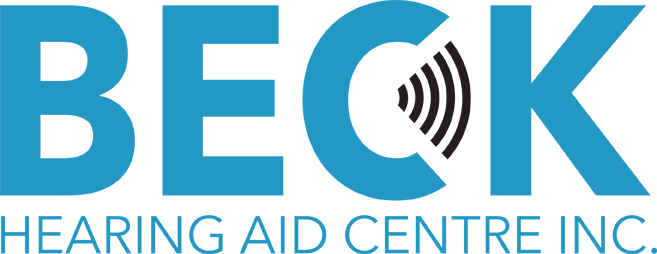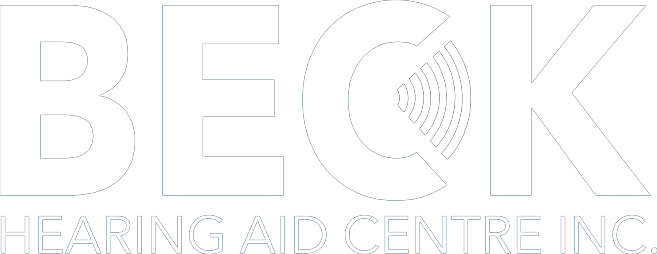The invention of hearing aids can’t be pinpointed to an exact moment in time or inventor. Electrical hearing aids have existed for over a century but even before that, people used hearing aid horns to funnel sounds into the ear and combat hearing loss. Nowadays, hearing aids have become digitalized. Advances in technology have led to more innovative devices being invented to correct the effects of hearing loss. A hearing instrument specialist will be able to inform you of the optional benefits of modern hearing aids. For now, here is an overview of the history of hearing aids.
When were hearing aids invented?
The very first hearing aids were made using animal horns. These were also known as ear trumpets and date back to at least the 17th century. Their main purpose was to treat those with partial hearing loss. These hearing trumpets were fitted around rooms and in furniture, to help amplify sound. The acoustics of this ingenious device was eventually adapted to a tube to fit in the ear. Many people consider the invention of the first hearing aid to refer to the electronic earpiece, however.
Electric hearing aids were developed at the end of the 19th century. Man’s harness of electricity kicked off many new inventions. The telephone was a big one that influenced the invention of hearing aids. Telephone and microphone technology inspired further developments in communication and audiology. The ability to control the volume, frequency and distortion of sounds were used in the creation of the electric hearing aid.
Who invented the first hearing aids?
The first electric hearing aid was invented in 1898 by Miller Reese Hutchison. He used an electric current to amplify sounds. The design itself was a carbon transmitter, allowing the device to be portable. The first mass-produced hearing aids were overly cumbersome and not as portable, however.
Thomas Edison, who experienced hearing loss himself, also invented a carbon transmitter which was later used as the basis for carbon hearing aids. Another hearing instrument specialist and inventor at the time, Louis Weber, created the Esha-Phonopher. This electrical design in 1911 eventually inspired the creation of the hearing aid manufacturing company Siemens.
The next development in the technology was vacuum-tube hearing aids, produced in around 1920. A naval engineer Earl Hanson patented the design. These converted speech into electrical signals which were then amplified. Further advances in hearing technology occurred due to military investment in World War II. This led to the invention of the transistor hearing aid developed by Bell Laboratories in 1948. It was eventually miniaturized and the portable hearings aids of today were born.
How have hearing aids developed?
Hearing aids have been improved with digital technology since around the 1960s. In 1970, the invention of the microprocessor allowed digital hearing aids to be even smaller, and the miniaturization process was perfected. A hybrid hearing aid was also created in the 1970s which included both digital and analog components.
The first commercially successful, fully digital hearing aids were created by Widex in 1996. Silicon became the primary material that made hearing aids even more convenient. By the 2000s, hearing aids were completely customizable and digital hearing aids were the most common by far. Manufacturers are continuing to focus on fine-tuning the design, however.
Nowadays, digital hearing aids are also programmable. This means they’re able to control sounds on their own without outside influence. Digital hearing aids can completely adjust to whatever environment the wearer is in without even the need for a physical volume control. Hearing aids can also be tailored to your requirements and connected with other devices via Bluetooth.
What is the future of hearing aids?
At the moment, hearing aids can already be adapted to stream phone calls, music and podcasts from iOS devices. Several apps are being developed to enhance digital hearing aids by leveraging the potential audio processing power in smartphones. Hearing aids are more connected than ever before. Hearing aids are becoming smart devices themselves, and we can expect more of this in the future.
There are also continual developments in the size, shape and the batteries of hearing aids. They are being made to be more convenient and longer-lasting all the time. Hearing aids are also becoming even more customizable to suit individual needs. A hearing instrument specialist will be able to give you advice on the type of hearing aid that’s right for you. If you would like to learn more about the Beck Hearing Aid Centre, contact us at (519) 438-0492.


